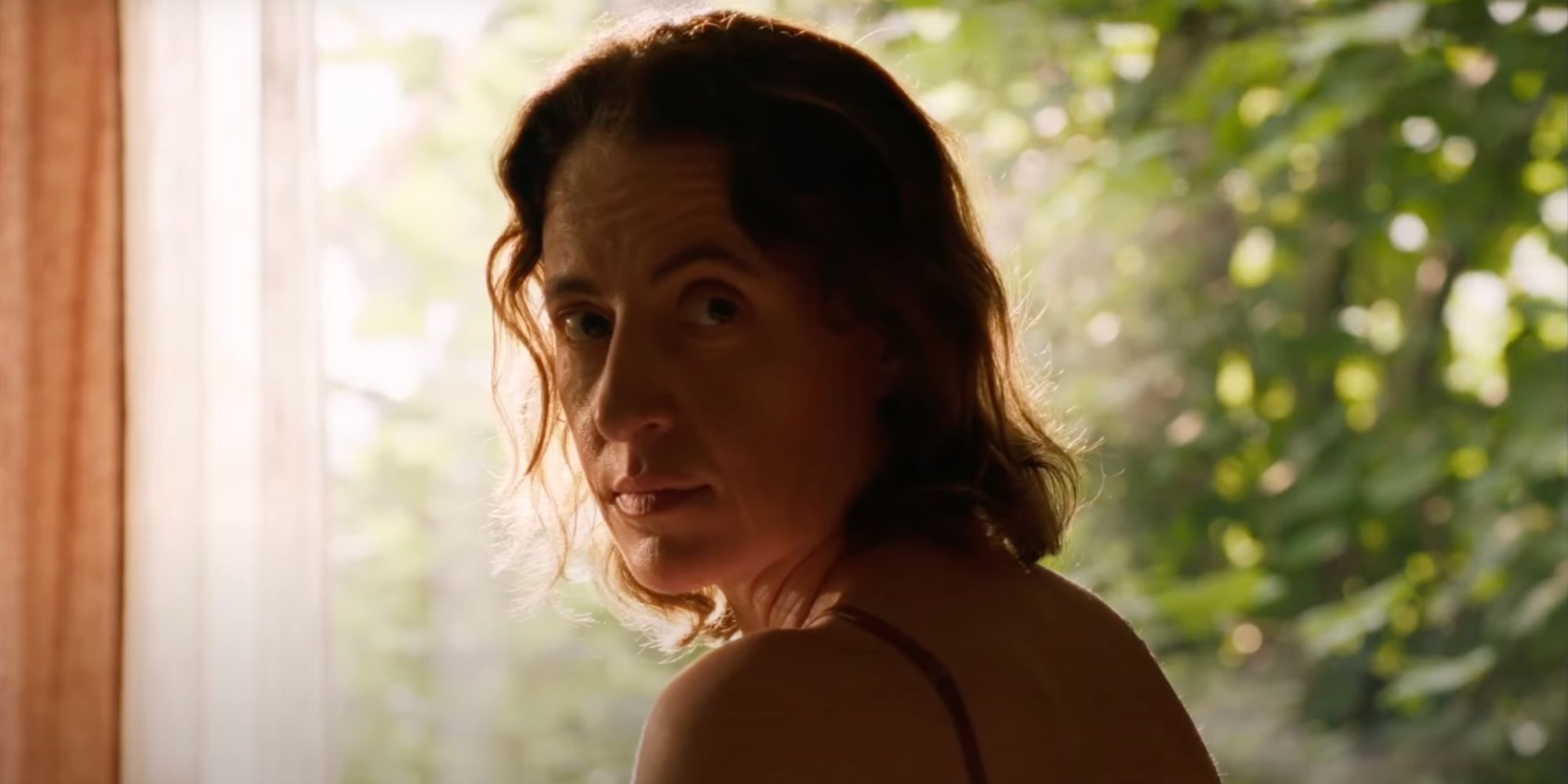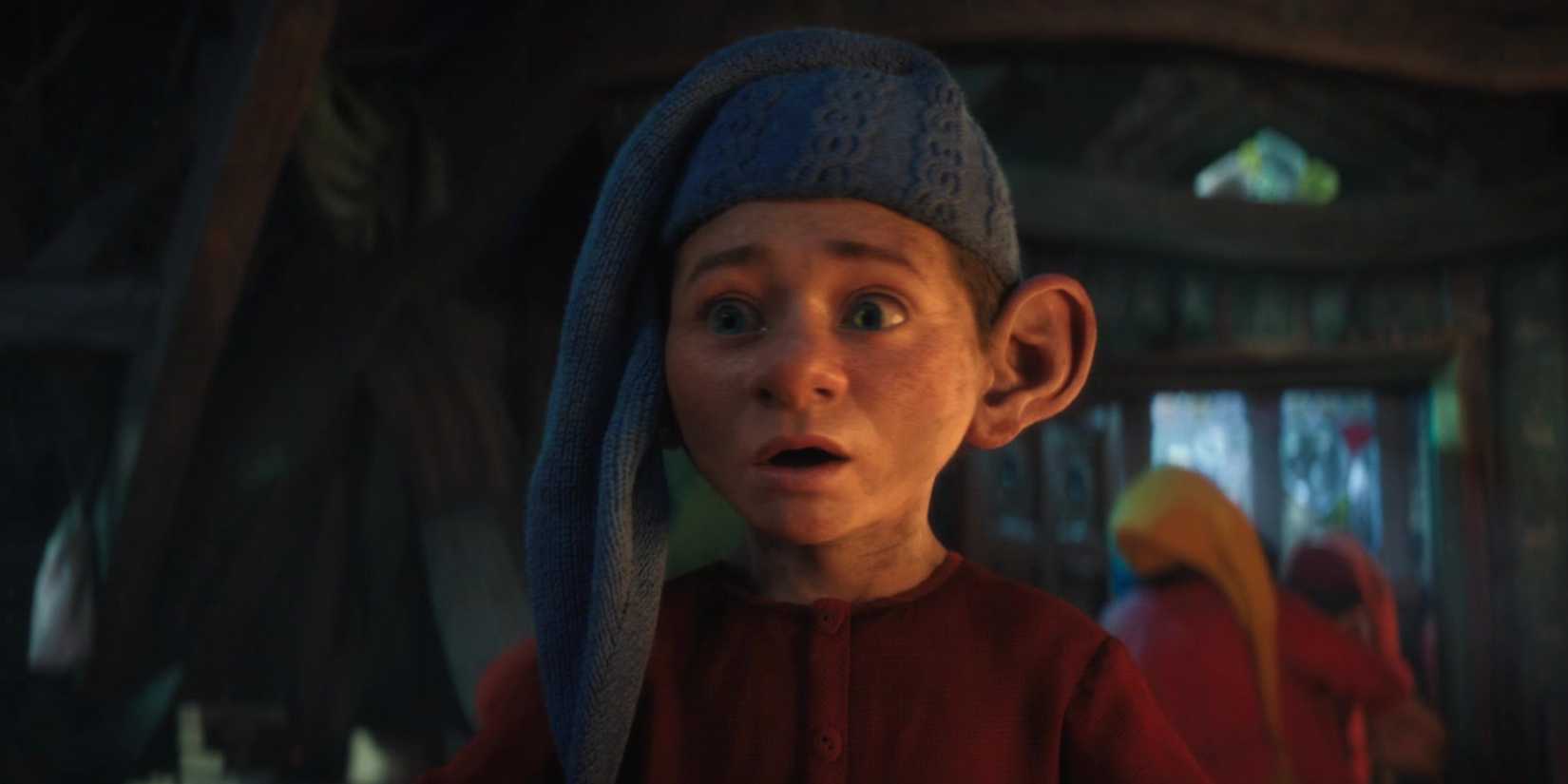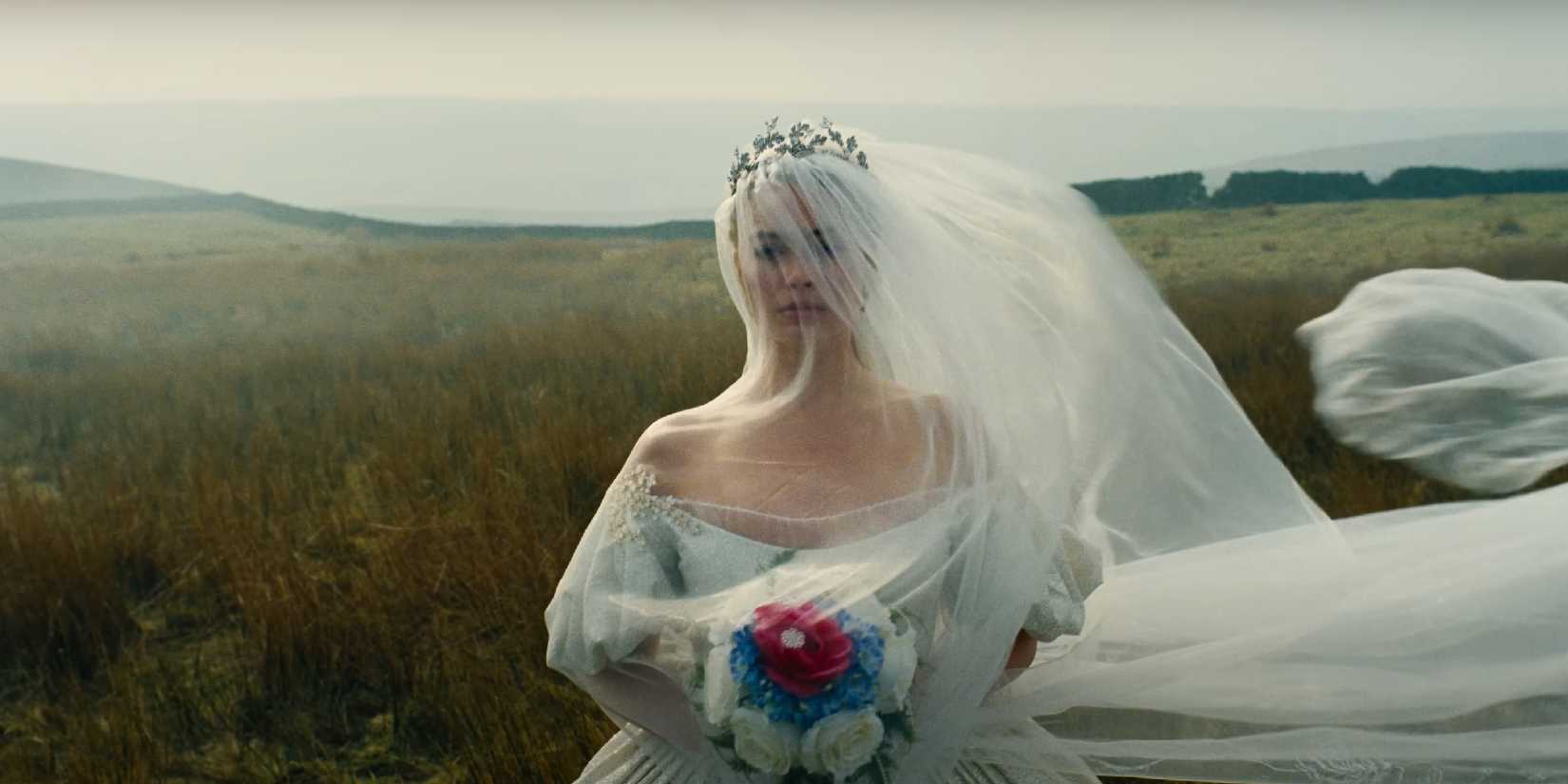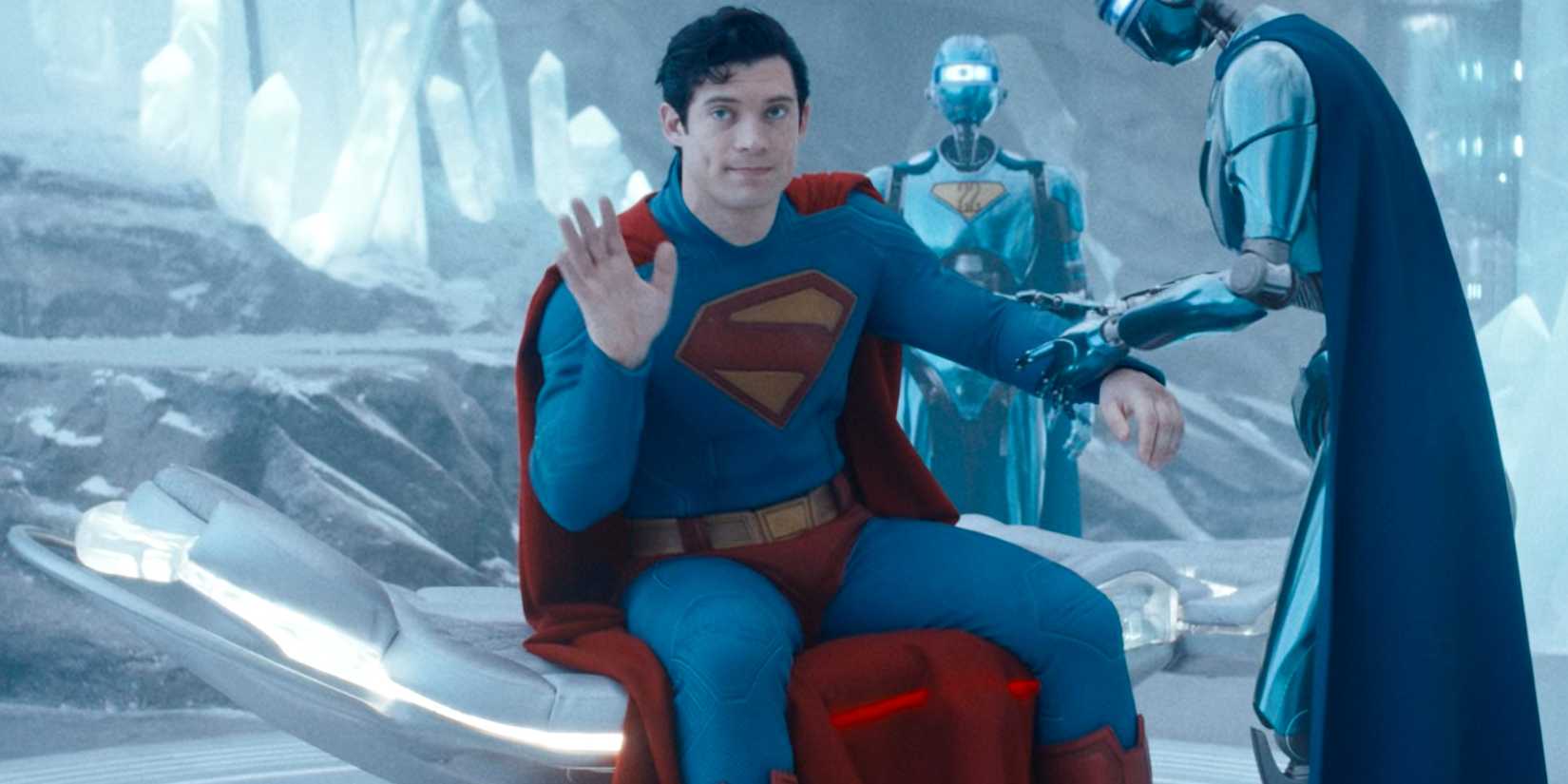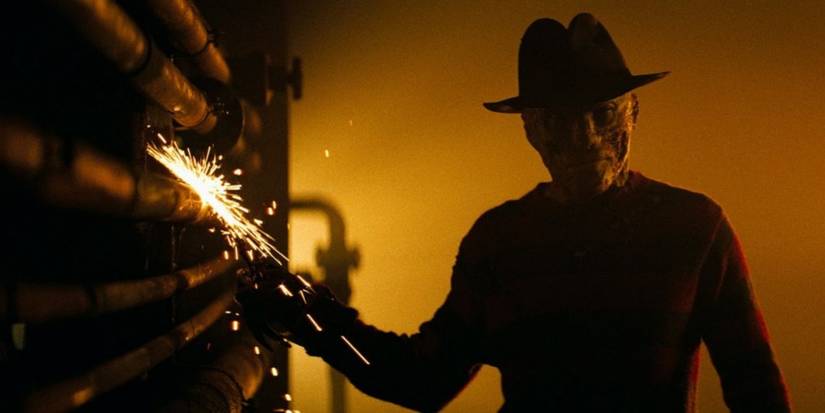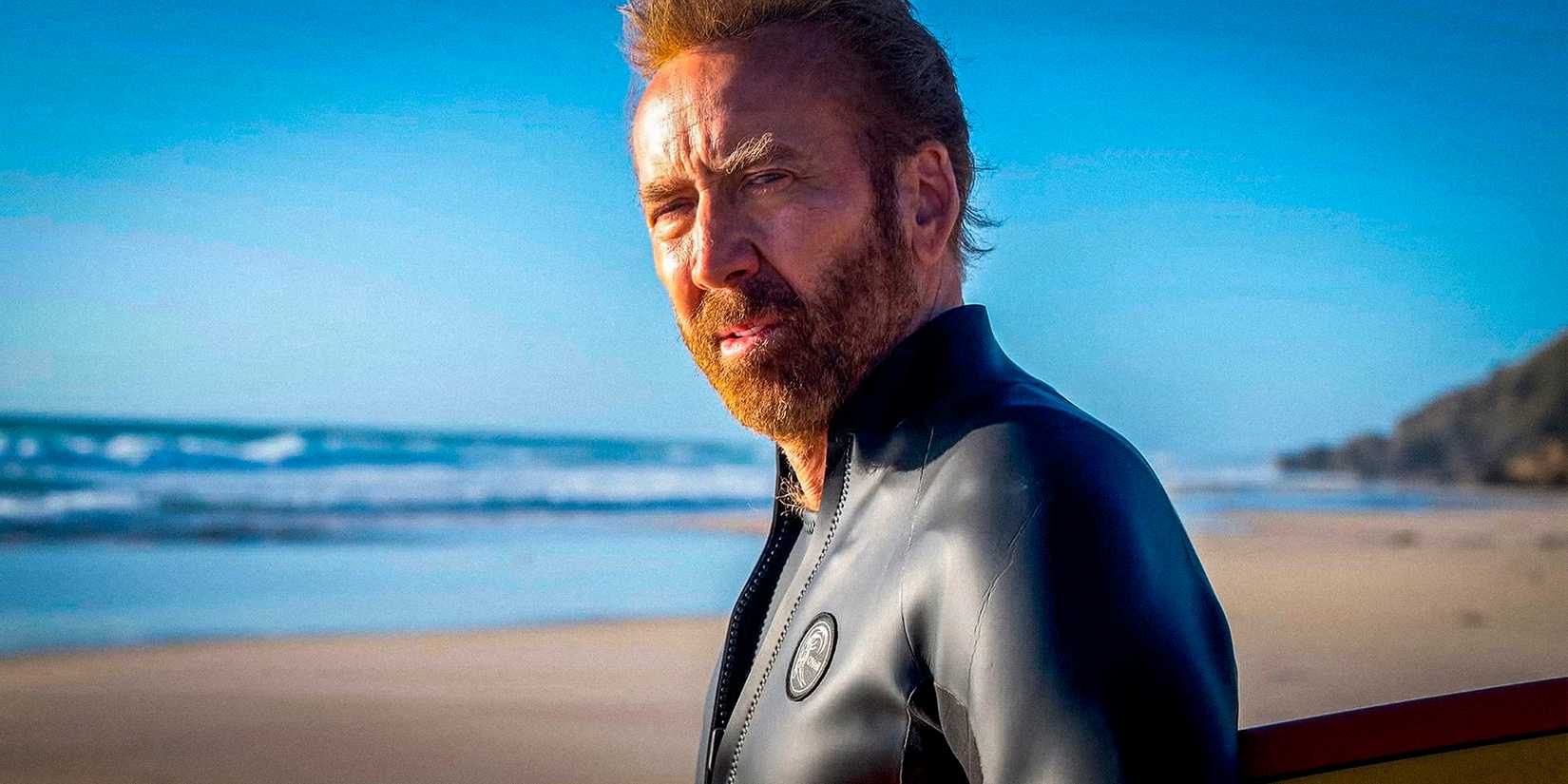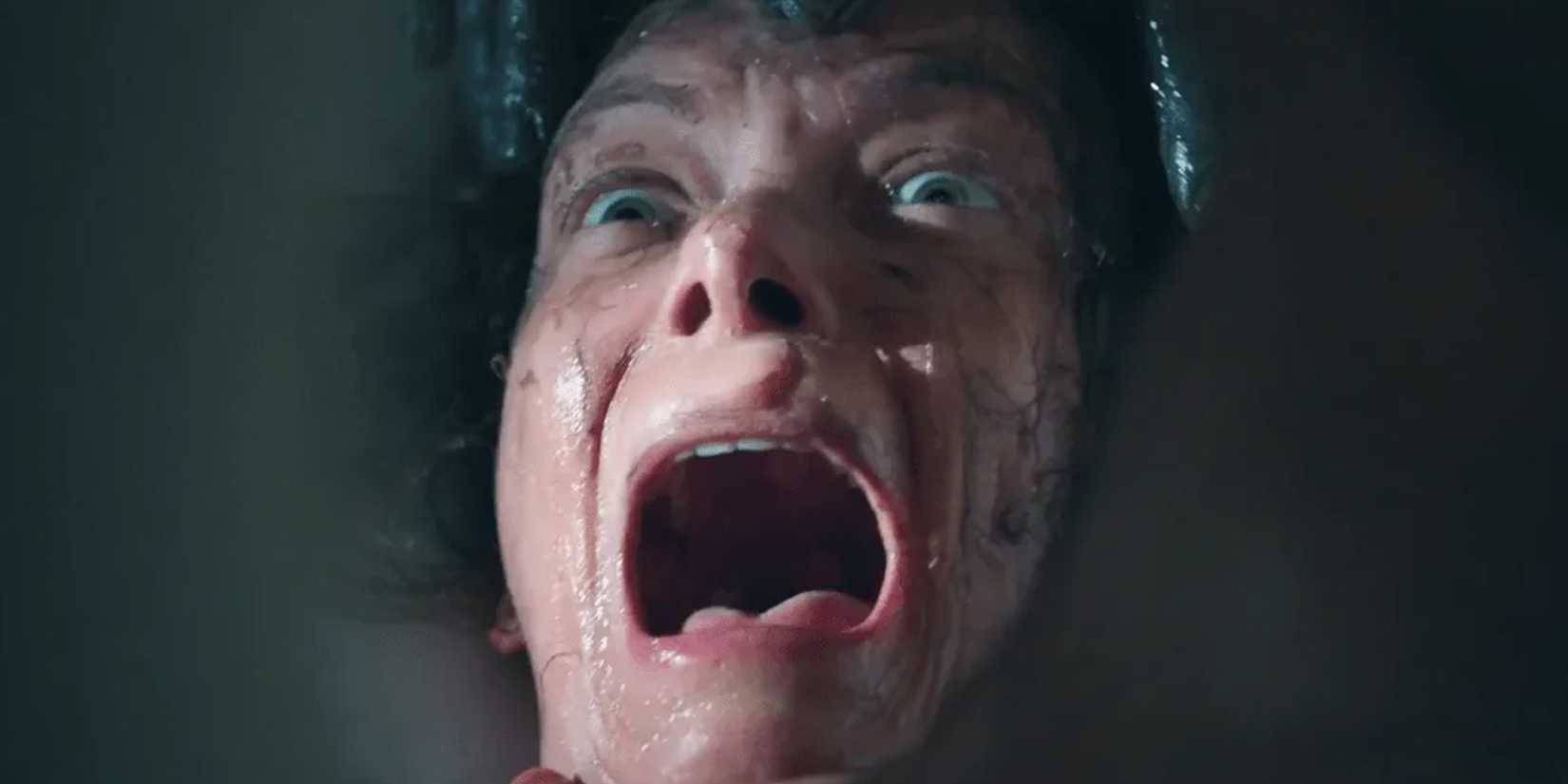Even the best family dramas come in all shapes and sizes, various narratives offering a plethora of approaches to various themes. But sometimes, those ideas can be muddled in presentation despite being interesting on the surface. Such is the case with The Sparrow in the Chimney, a Swiss drama written and directed by Ramon Zürcher as the third and final installment of his Animal Trilogy. The story follows Karen (Maren Eggert), who is hosting a birthday party for her husband, Markus (Andreas Döhler). Invited are her sister, Jule (Britta Hammelstein), and her family.
However, tension is apparent right away as the sisters share memories of their mother, who did not have a positive impact on their development. It’s also apparent that some of Karen’s decisions have mirrored those of their mother, especially because of the tension between her and her children. The intensity grows beyond her, though, as the story starts to emphasize the interlocked relationships of the family in a compelling manner. However, despite fantastic performances, interesting symbolism, and some shocking events, there were some elements I wasn’t captivated by. Yet it’s undeniable how carefully crafted the movie is.
The Sparrow In The Chimney Mixes Tense Family Dynamics With Meaningful Symbolism
It Doesn’t Shy Away From Some Uncomfortable Topics & Unconventional Presentations
The Sparrow in the Chimney starts off with simplicity: Karen and Jule’s families are reuniting after a decent amount of time away from one another. There’s tension between them in various forms, from the sisters reminiscing about their mother to Karen’s children acting out in rebellion against her constant strictness. As the party plays out, it adds some discomforting dynamics between the characters. Some of these are dramatic and shocking, while others border on the disquieting. Zürcher pulls no punches with how various family members interact, and how their intersections increase the tension between them.
The cast does an excellent job at portraying this, with conversations flowing naturally and events feeling like they’d play out this way at any intense family get-together. The cinematography helps as well: the camera is often placed in static positions, making the audience feel like a silent observer sneakily watching the family’s intense gathering unfold. It adds to the realism of the presentation, elevated by well-thought-out relationships in the script that are expertly presented by the actors. With an emphasis on how these established relationships break down, the film perfectly encapsulates its ever-building anxiety.
Furthering this is layered symbolism that emphasizes the unseen pain that’s caused the many conflicts The Sparrow in the Chimney explores. Unlike other international family-focused dramas, this one utilizes multifaceted motifs, often having to do with nature and nurture. It’s a fascinating exploration of how one’s environment shapes who they’ve become, or how someone can shape the world around them through what they are. The unpacking of these ideas is just one of many the film grapples with, all through a deliberately-paced story with a core focus on the family and their interactions with each other.
The Sparrow In The Chimney’s Story Was Good, But Left Something To Be Desired
Luckily, Its Presentation Makes Up For Its Shortcomings
Although the characters, events, and symbolism coalesce into an interesting experience, the story as a whole leaves much to be desired. Part of this is because of the plodding pacing; while the movie starts off at a purposeful, slow-burn pace, it soon starts to feel repeтιтive. While this does add some much-needed emphasis on the spiraling nature of the family and their relationships with each other, it doesn’t feel like it’s escalating the drama as much as it intended to. This results in some scenes feeling somewhat purposeless to the story, save for showing off the actors’ realistic performances.
But, despite the dragging of the story, its presentation slowly started to draw me back in at the moment when I was most tired. The final hour of The Sparrow in the Chimney ever-so-carefully gets the film back on track, sporting some muted yet jaw-clenching moments of intensity. Where the movie really shines, though, is in the third act, defined by a whiplash-inducing tailspin that was delightfully disturbing. It’s a daring move after offering a specific type of presentation for so long, but one that works in the movie’s favor because of just how powerfully jarring it is.
While the story leaves something to be desired, The Sparrow in the Chimney is a memorable family drama with plenty of layered symbolism that will keep you thinking long after the credits have rolled. It helps that every single performance was stellar, with dialogue delivery that emphasizes a level of realism not always followed through in movies of the genre. It makes me curious to check out Zürcher’s other work in the Animal Trilogy to see how it compares to the slow burn, boiling tension of his final installment.
